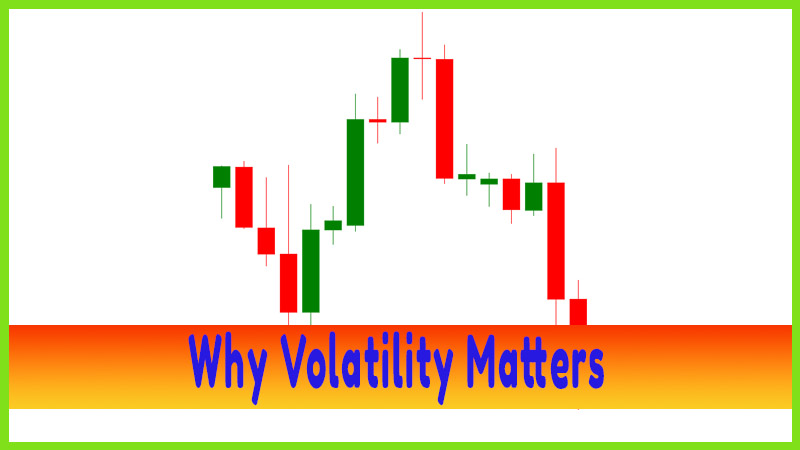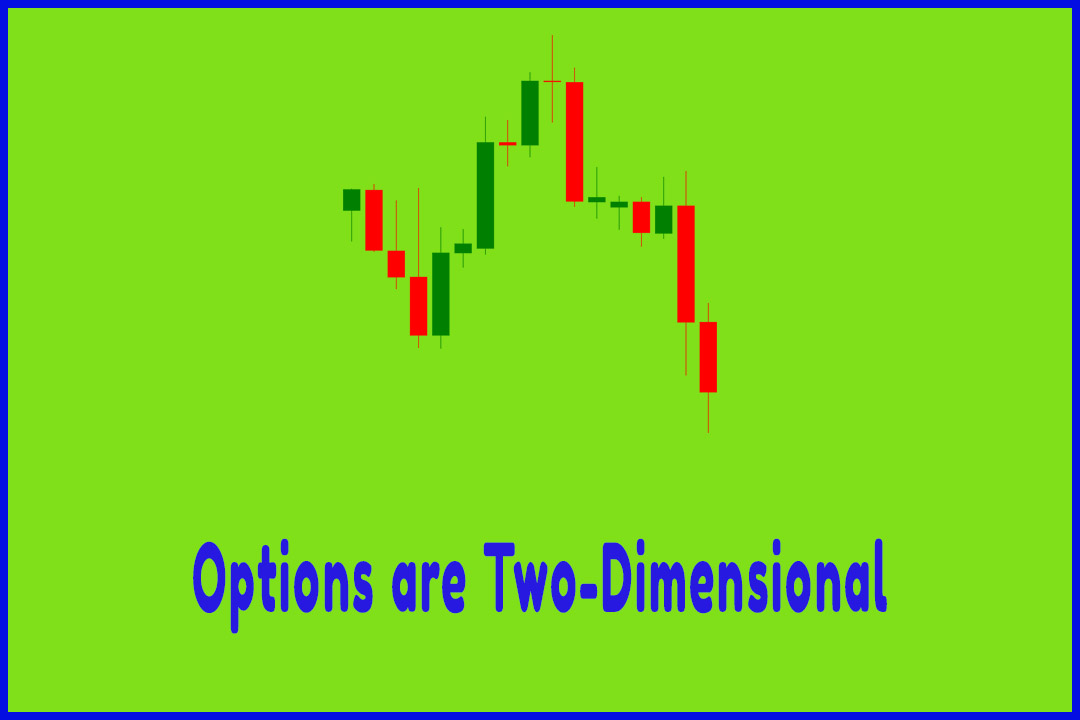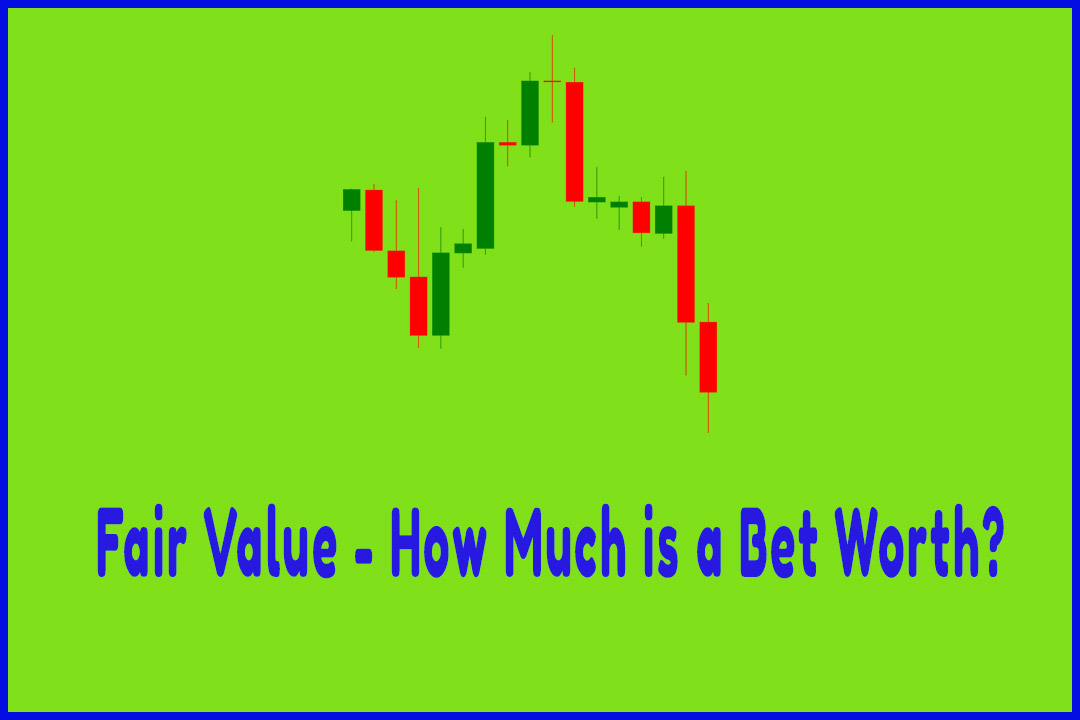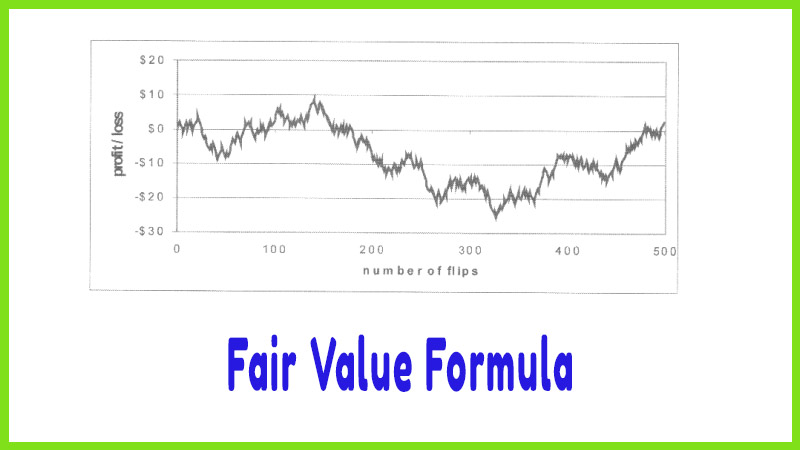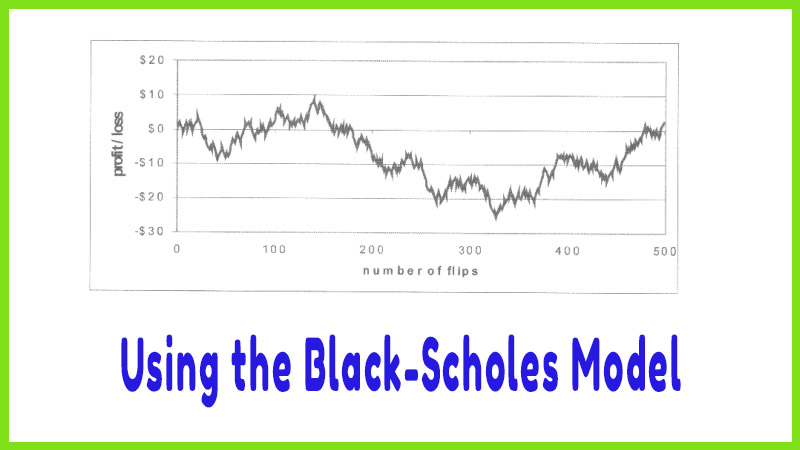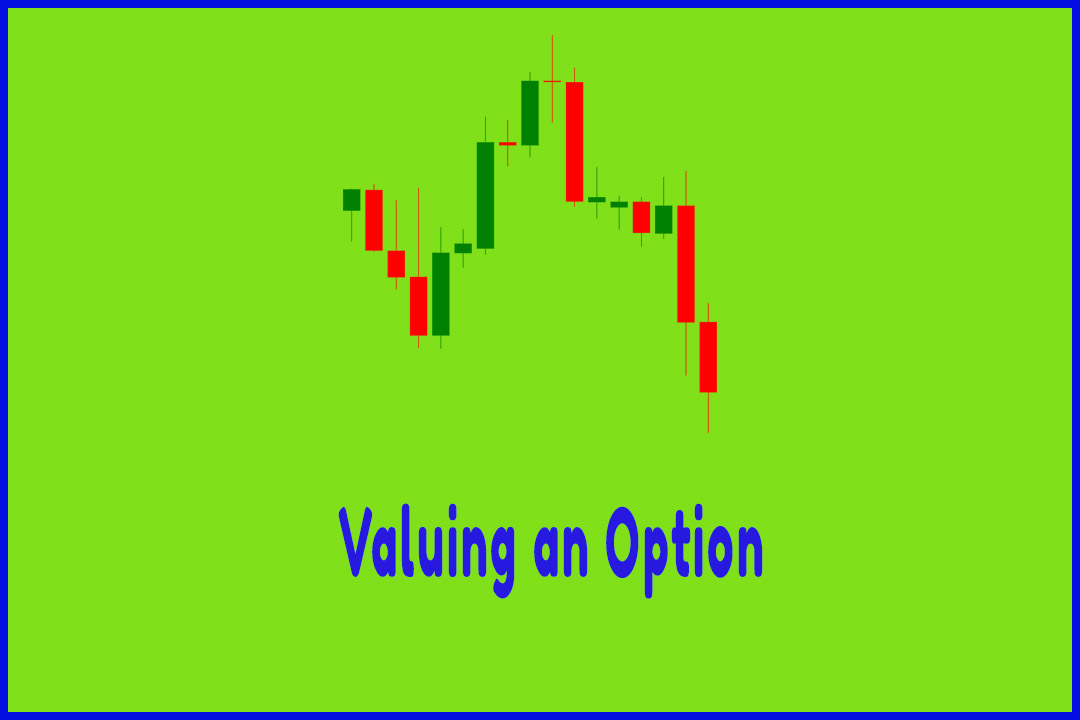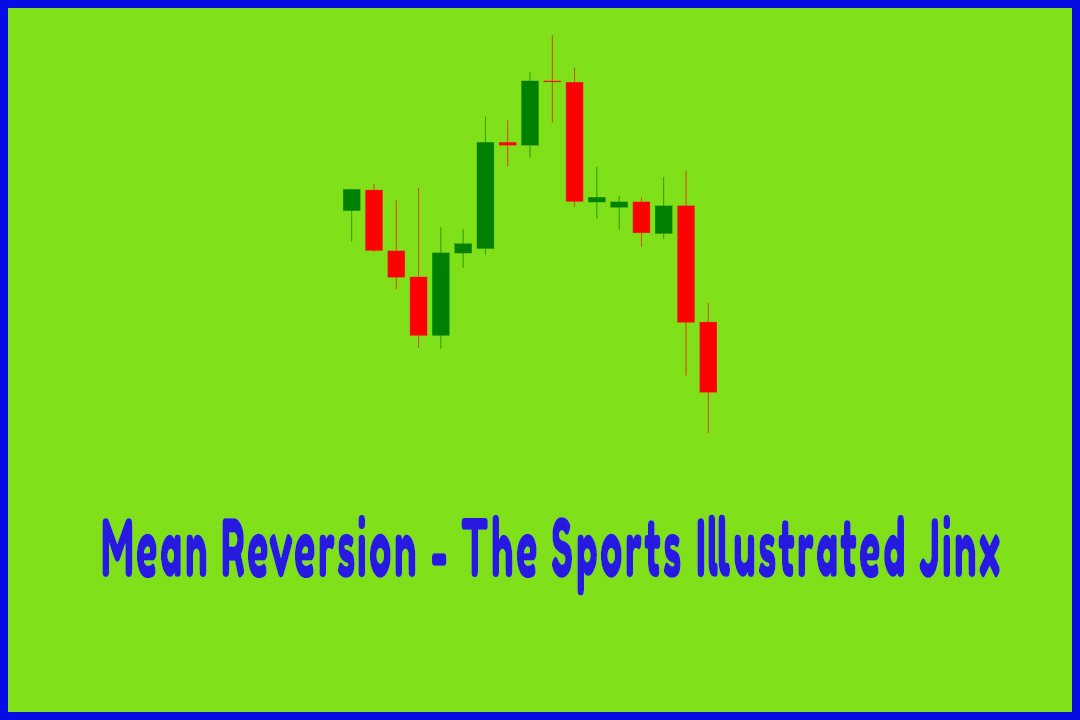Fair Value Depends on Perspective
option trading guidelines, option trading requirements, option trading good for beginners, best option stocks for beginners
Course: [ How To make High Profit In Candlestick Patterns : Chapter 6. Option Trading with Candlestick Signals ]
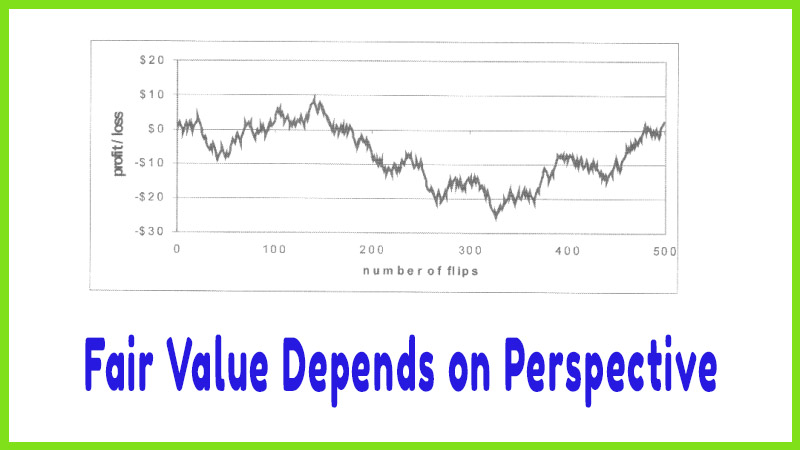
In the coin toss gamble, we calculated drat $1.00 was the fair value of the bet. However, that result is due to our assumption that the chance of winning (and losing) is 50%. Obviously, if we used different probabilities, we would get different results.
Fair Value Depends on
Perspective
In the
coin toss gamble, we calculated drat $1.00 was the fair value of the bet.
However, that result is due to our assumption that the chance of winning (and
losing) is 50%. Obviously, if we used different probabilities, we would get different
results. This means that the fair value of any bet depends on our perspective;
it depends on our views of the future probability of winning.
For
example, let’s assume that somebody offered to pay $1.50 for this coin toss
game. There are two ways we could look at it. First, we could assume there is a
50% chance of winning and losing and say that it is too high of a price since
that results in an expected loss of 25 cents per flip:

However,
we could also look at this bet another way. We could assume that the $1.50
price is a fair price since nobody should intentionally pay more than what they
think is fair. If we could assume that it is a fairly valued bet, we would need
to adjust the probabilities so that they balance to zero. It works out that if
there is a 60% chance of winning the dollar (and therefore a 40% chance of
losing your wager) then $1.50 is a fair price to pay for the game. If somebody
were willing to pay $1.50 to play this game, we would say that the gambler is
implying that his chances of winning are 60% (and the chances of losing are
40%) since those probabilities result in a fairly valued bet:

Although
the gambler may not specifically state that he believes the probability of
winning is 60%, the mere fact that he is willing to pay $1.50 for such a bet
implies a 60% probability of winning if we assume the bet is fair.
This
shows that there are two ways of looking at any bet. First, if we believe there
is only a 50% chance of winning then paying $1.50 is too high of a price.
Second, we can assume the $1.50 is a fair price and adjust the probabilities
to make the bet fair. So is $1.50 a fair price to pay for this game? It all depends
on how we view the future probability of winning.
Now, as
the gambler, it is up to you to decide which viewpoint is more realistic.
Should you assume the future chances of winning are 50% and only be willing to
pay $1.00? Or is a 60% chance of winning more realistic? Notice that if you
assume that 50% is the correct probability that you will be outbid by another
gambler if he feels 60% is the more realistic probability. You would only be
willing to bid up to $1 for the bet while he would be willing to pay up to
$1.50. It is critical that we are confident in our assessments. If 60% sounds
like too high of a probability, we’re probably better off not taking the bet.
It’s better to miss out on some reward rather than to lose some or all of our
money.
You can
see from this example that your probability assessment of 50% or 60% (or
something else) to value this coin flip game is an important assumption if you
are to make money. It is even more important when valuing options. However, as
we said before, very few option traders ever check to see how the price of the
option compares to their assessment of value. In order to do that, option
traders need to use the Black-Scholes Model before stepping into any trade.
How To make High Profit In Candlestick Patterns : Chapter 6. Option Trading with Candlestick Signals : Tag: Candlestick Pattern Trading, Option Trading : option trading guidelines, option trading requirements, option trading good for beginners, best option stocks for beginners - Fair Value Depends on Perspective




